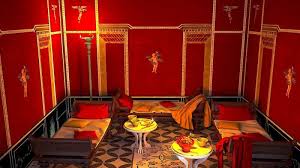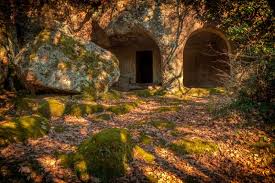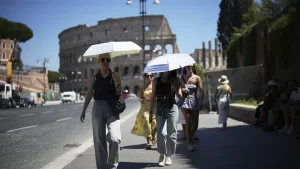Italy: Rome unveils remains of Roman villa hidden for 2,000 years

Rome: Rome archaeologists have unveiled the remains of a magnificent Roman villa, or domus, buried for almost 2,000 years under an apartment block at the foot of the Aventine Hill.
The spectacular discovery was made in 2014 during works to earthquake-proof the foundations of the 1950s-era building in Piazza Albania, not far from the Circus Maximus.
Archaeologists found a series of large rooms decorated with sumptuous mosaics and traces of frescoes as well as objects from everyday Roman life such as fragments of bowls and amphorae, a hammer, a nail, kitchen ladles, sewing needles and oil lamps.

They also found the remains of a stone tower dating from the sixth century BC, reports Italian news agency ANSA.
After several years of excavations below ground, and construction work above to convert the development into 180 luxury apartments, the residential complex now boasts its own underground museum which opens to the public next month.
The €3 million dig, overseen by the special superintendency of Rome, was funded by the property’s owners, BNP Paribas Real Estate, in what is being hailed as a virtuous example of public and private collaboration.
“Rome never ceases to astound us,” said Daniela Porro, the capital’s chief archaeologist, describing the new museum as an “archaeological box” of treasure.
Based on the richness of decoration, archaeologists believe that the domus belonged to a “person of power,” ANSA reports.
The underground museum is set to open to the public from November, for two days a month, by reservation.
The visit will be enhanced thanks to the video projections, lights, sounds and historical narration by the celebrated duo of scientific presenters Piero Angela and Paco Lanciano, bringing the ancient villa to life once more.





